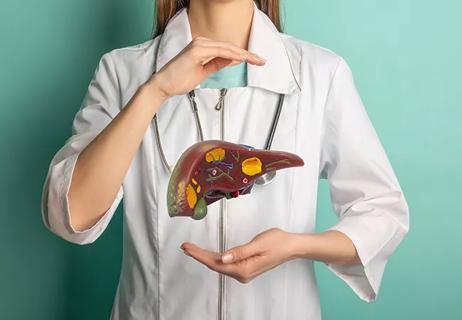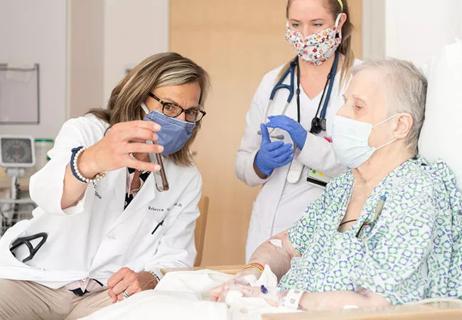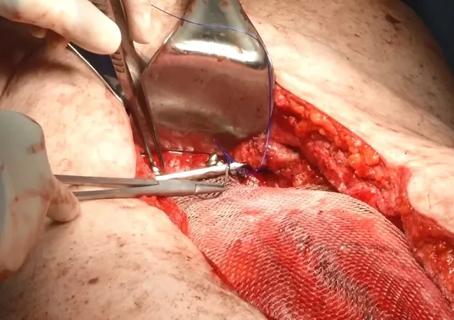A new model of patient-centered care

The Ohio City neighborhood on Cleveland’s Near West Side is home to Cleveland Clinic’s Lutheran Hospital. It’s also home to a diverse inner-city population, 23 percent of which is Hispanic. Although minutes from the hospital — and therefore a top U.S. healthcare system —the large (mostly Puerto Rican) community has remained distant.
Advertisement
Cleveland Clinic is a non-profit academic medical center. Advertising on our site helps support our mission. We do not endorse non-Cleveland Clinic products or services. Policy
That’s not unlike the rest of the United States. In 2008, Hispanics made up nearly 16 percent of U.S. residents but only 9 percent of healthcare costs, reported the National Council of La Raza, America’s largest Latino advocacy organization.
“Many are reluctant to seek healthcare because they speak only Spanish,” says John Rodriguez, MD, a general surgeon in Cleveland Clinic’s Digestive Disease Institute. “And, apart from the language barrier, Hispanics are generally notorious for not prioritizing preventive care or having a primary care physician.”
A Pew Research Center study reports that 27 percent of Hispanics lack a regular healthcare provider.
Mindful of the stats as well as the needs in their own neighborhood, Dr. Rodriguez and two other Cleveland Clinic physicians helped Lutheran Hospital open a Hispanic Clinic in 2014. While likely more common in California, Texas and other regions with large Hispanic populations, Hispanic clinics are rare in areas like Northeast Ohio. The Hispanic influence may not be as prominent here, but healthcare accessibility — for all people groups — is still a major concern.
Hispanic clinics, as well as clinics specialized for other demographics, model how healthcare organizations can become more intentional about providing patient-centered care.
In addition to surgeon Dr. Rodriguez, the Hispanic Clinic currently includes a Hispanic internist and gastroenterologist. Plans are in the works to add a pediatrician. Nurses and office staff also are Spanish-speaking.
Advertisement
“Even though I’ve been at Cleveland Clinic’s main campus for years, it’s difficult for many of these patients to travel to the other side of town,” says gastroenterologist Carlos Romero-Marrero, MD. “We needed to get closer to their community. The Hispanic Clinic improves our accessibility, not just by location but by offering Hispanics an opportunity to see healthcare providers who share their language, culture and background.”
According to Drs. Rodriguez and Romero-Marrero, there are three big reasons why a Hispanic Clinic was necessary to make healthcare more accessible for this underserved population.
Advertisement
In less than one year of operation, Cleveland Clinic’s Hispanic Clinic is growing. Physician referrals are contributing, but patient-to-patient referrals are the biggest factor. And that’s a good indication that the concept is working, notes Dr. Rodriguez. Measurable outcomes will be reported later.
“Every community, not just Latinos, needs healthcare providers who are culturally and linguistically appropriate,” says Dr. Romero-Marrero. “Referring patients to culturally targeted clinics will likely improve a patient’s overall experience and possibly clinical outcome. It’s one step closer to improving health disparities in the U.S.”
For more information, contact Dr. Rodriguez at rodrigj3@ccf.org or Dr. Romero-Marrero at romeroc@ccf.org.
Advertisement
Advertisement

Strong patient communication can help clinicians choose the best treatment option

Brief pearls for diagnosis and management of ascites and relevant conditions associated with decompensated cirrhosis

Hard-to-treat GI disorders benefit from multidisciplinary approach

How an IBD specialist pharmacist enhances patient care

Rate is lower with tunneled intravenous catheters

Cleveland Clinic’s ACO takes a team of teams approach

A multispecialty team was essential for this challenging case

Cleveland Clinic study assesses psychomotor recovery